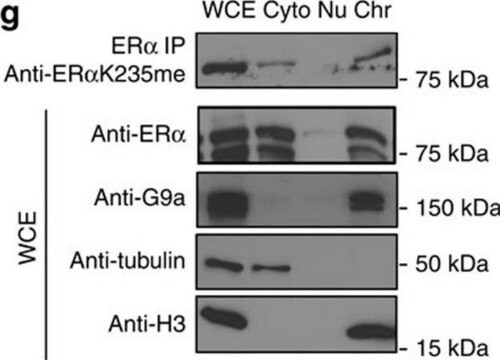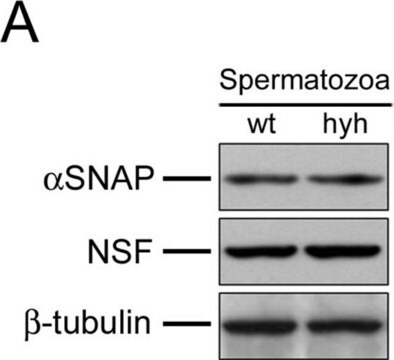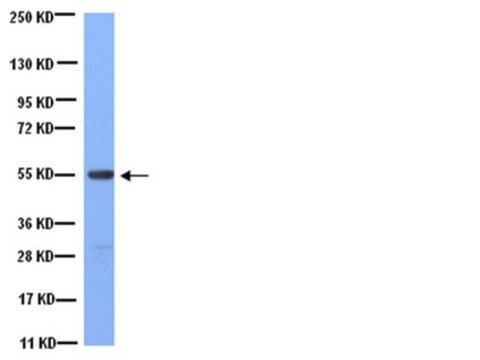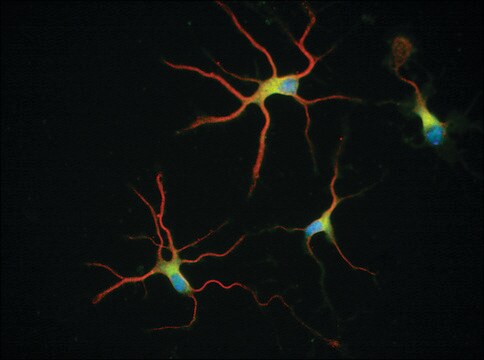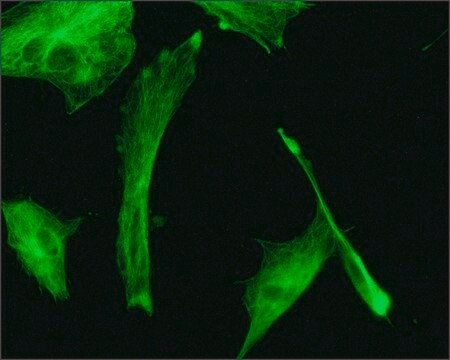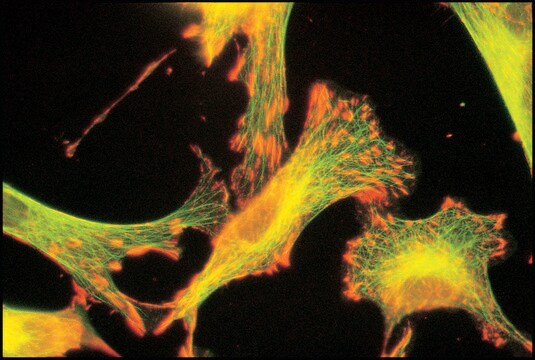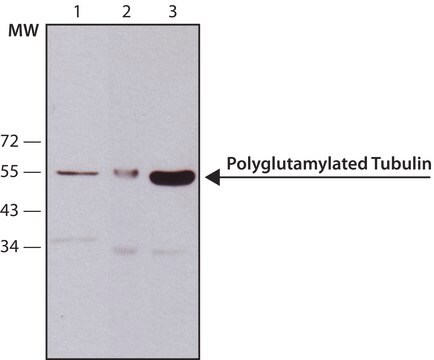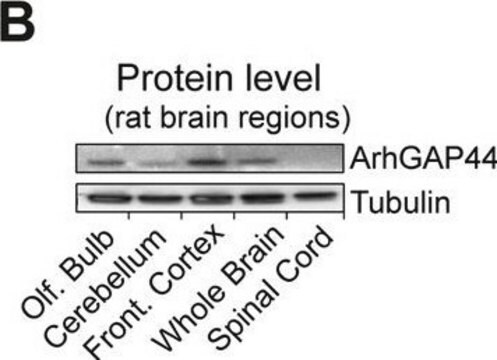T0198
Anti-β-Tubulin antibody, Mouse monoclonal
clone D66, purified from hybridoma cell culture
Sinónimos:
Anti-Tubulin beta-1 chain
About This Item
Productos recomendados
biological source
mouse
Quality Level
conjugate
unconjugated
antibody form
purified immunoglobulin
antibody product type
primary antibodies
clone
D66, monoclonal
form
buffered aqueous solution
mol wt
antigen ~50 kDa
species reactivity
human, bovine, chicken, rat, canine, Chlamydomonas reinhardtii, sea urchin (Lytechinus pictus and Paracentrotus lividus), mouse, hamster, Oxyrrhis marina (dinoflagellate), rabbit, monkey
packaging
antibody small pack of 25 μL
concentration
~1 mg/mL
technique(s)
immunocytochemistry: suitable (3% paraformaldehyde-0.5% Triton X-100 and methanol-acetone)
immunoprecipitation (IP): suitable
indirect ELISA: suitable
western blot: 0.5-1.0 μg/mL using whole extract of cultured rat adrenal pheochromocytoma (PC-12) cells
isotype
IgG1
UniProt accession no.
shipped in
dry ice
storage temp.
−20°C
target post-translational modification
unmodified
Gene Information
human ... TUBB1(81027) , TUBB2A(7280) , TUBB2C(10383)
mouse ... Tubb1(545486) , Tubb2a(22151) , Tubb2c(227613)
rat ... Tubb2(29212) , Tubb2c(296554)
General description
Specificity
Immunogen
Application
Biochem/physiol Actions
Physical form
Disclaimer
Not finding the right product?
Try our Herramienta de selección de productos.
Storage Class
10 - Combustible liquids
wgk_germany
WGK 3
flash_point_f
Not applicable
flash_point_c
Not applicable
Certificados de análisis (COA)
Busque Certificados de análisis (COA) introduciendo el número de lote del producto. Los números de lote se encuentran en la etiqueta del producto después de las palabras «Lot» o «Batch»
¿Ya tiene este producto?
Encuentre la documentación para los productos que ha comprado recientemente en la Biblioteca de documentos.
Los clientes también vieron
Artículos
Microtubules of the eukaryotic cytoskeleton are composed of a heterodimer of α- and β-tubulin. In addition to α-and β-tubulin, several other tubulins have been identified, bringing the number of distinct tubulin classes to seven.
Nuestro equipo de científicos tiene experiencia en todas las áreas de investigación: Ciencias de la vida, Ciencia de los materiales, Síntesis química, Cromatografía, Analítica y muchas otras.
Póngase en contacto con el Servicio técnico

